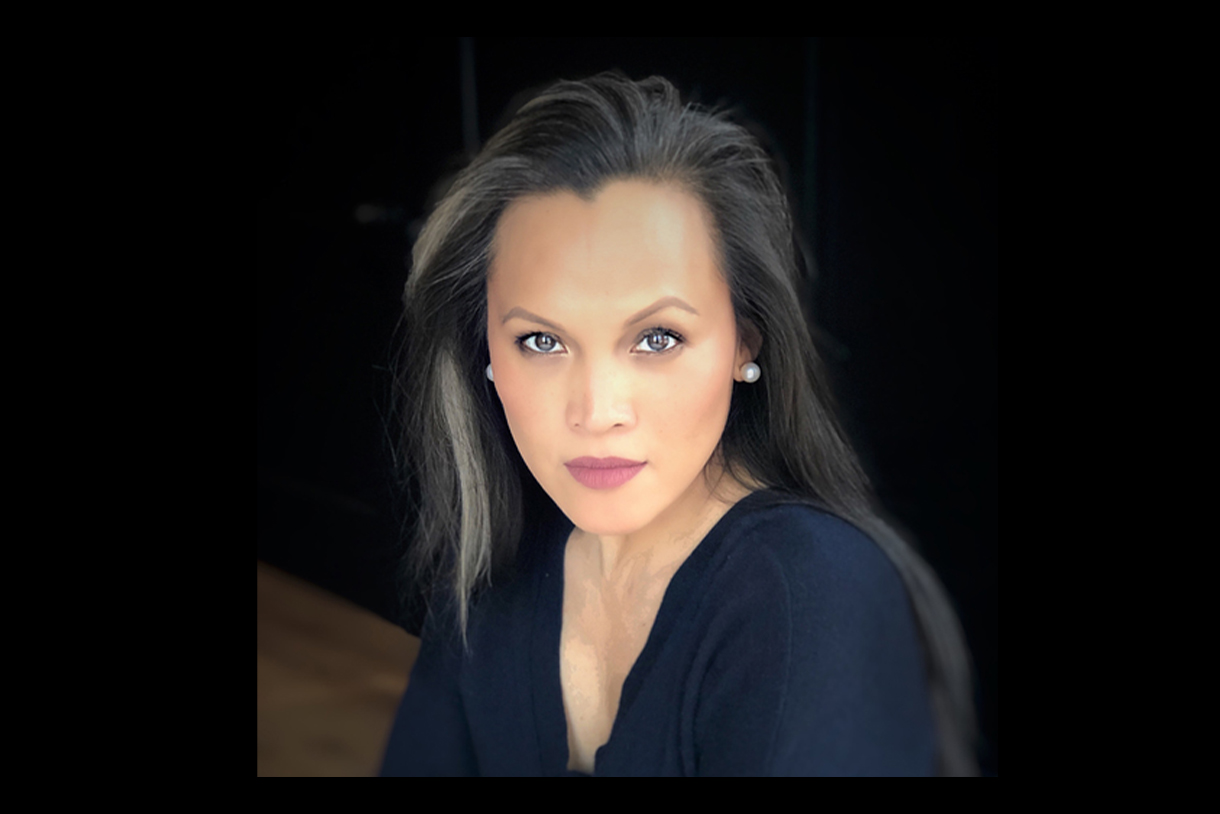Simone Tobias, Instructor teaching Patternmaking and Construction, on Fashion, Design and her Beginnings

What made you first become interested in the world of fashion?
My late grandmother first introduced me to fashion by catering to my endless request of making clothes for my dolls. But as I grew older, I realized how incredibly fortunate I am to work in an industry where I can realize my dreams every season with a new collection. I deeply believe that fashion has this immense power to transform anyone if the person just let go of his or her bias or inhibitions.
You have extensive experience in the world of Design—can you talk about your beginnings?
I went to school at the Fashion Institute of Technology where I studied Fashion Design. During this time, I also studied abroad in Paris at Esmod to learn about French fashion.
What was it like for you right out of school trying to break into a competitive industry?
I was very fortunate to have been chosen to be one of two graduating students to be offered a full-time position as head designer at an Italian company in Florence, Italy. From there, I guess the rest is history.
You spent ten years as a Creative Director for Thomas Dean, growing the company from a start-up to one of the best-known businesses in the field. What is the difference between working in a start-up environment and working at a well-established firm?
When you work with a start up, you are exposed to many facets of the business as most start-ups do not have the personal and financial capital. You find yourself doing a lot of different tasks and accomplishing them with very little budget so your become rather resourceful but in the end, you learn and grow a great deal for having to deal with so many challenges.
From your time at Tailorbyrd to your time at Thomas Dean you always prioritized mentorship. What do you think the most important role is for mentors in your field?
Being a mentor provides an insight to the workings of the industry but more importantly as a mentor I could help nurture the creativity of the younger generation to continue the practice of fashion as an art form as it is integral to a well-rounded society.
Why did you choose to teach at Columbia?
Having spoken to Dr. Reid, the design values at Columbia are in line with my own. She spoke at length about the importance of environment and inclusivity. I’m excited to be part of an organization with such goals.
What do you hope your students come away from your courses knowing?
I want them to feel ready to be part of an industry that is rapidly changing every second. To give them the tools to contribute in a very meaningful way.
You continue to work as a freelance UX designer—what’s next for you in that field professionally?
I’m currently working with other women to form an agency with the intent of designing products/experiences that are inclusive and equitable. To re-imagine design so that it can be enjoyed by ALL.
What advice do you have for students interested in fashion and design who may want to follow in your footsteps?
[Don’t] necessarily follow my footsteps as they are uniquely my own. Carve you own path but do so with sensibility for the finite resources, empathy for others, curiosity of the world around you, and meaningful creativity.
Recent News
- AAA Alum Patrick Tumulty on Pivoting to Chase the Dream
- Faculty, Alum on Her Full Circle Experience at Columbia College Chicago
- Yulia Yrkoski on Illustration and Staying True to Yourself
- Audio Engineering Student Kimberly Liwanag on Living the Journey
- Ksenia Rychtycka ’93 Publishes Poetry Chapbook, "A Sky Full of Wings"